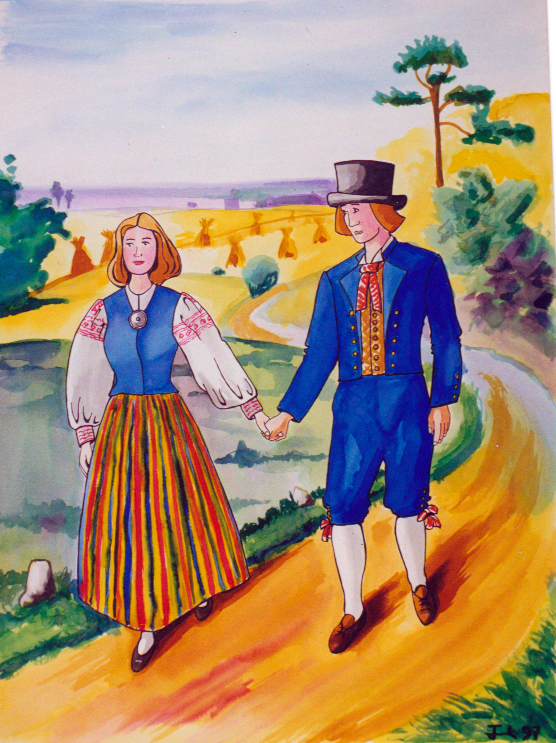Estonia is a small nation within the global community. With a population of only 1.4 million, it has existed for over 9000 years on the Baltic Sea just south of Finland. It is bordered by Russia on the east and Latvia to the south. It may be small, but it is also one of the oldest populations still in existence today.
The official language, Estonian, belongs to the Finno-Ugric branch of languages which is quite distinct from their neighbours who speak Swedish, Latvian and Russian which are all Indo-European languages.
Estonia is celebrating its 100th anniversary of independence this year, 2018. On February 24, 1918 the Estonian Declaration of Independence was proclaimed. After two years of fighting the Bolsheviks, on February 20, 1920 the Treaty of Tartu was signed by the Republic of Estonia and The Russian SFSR. Russia renounced in perpetuity all rights to the territory of Estonia.
Alas this independence was short-lived. During the second world war, Russia with Nazi Germany’s approval, in a secret Molotov-Ribbentrop Pact, occupied Estonia in June of 1940.
The Soviets occupied Estonia for over 50 years, when through the breakup of the Soviet Union, Estonia once again proclaimed itself a republic on August 20, 1991.



